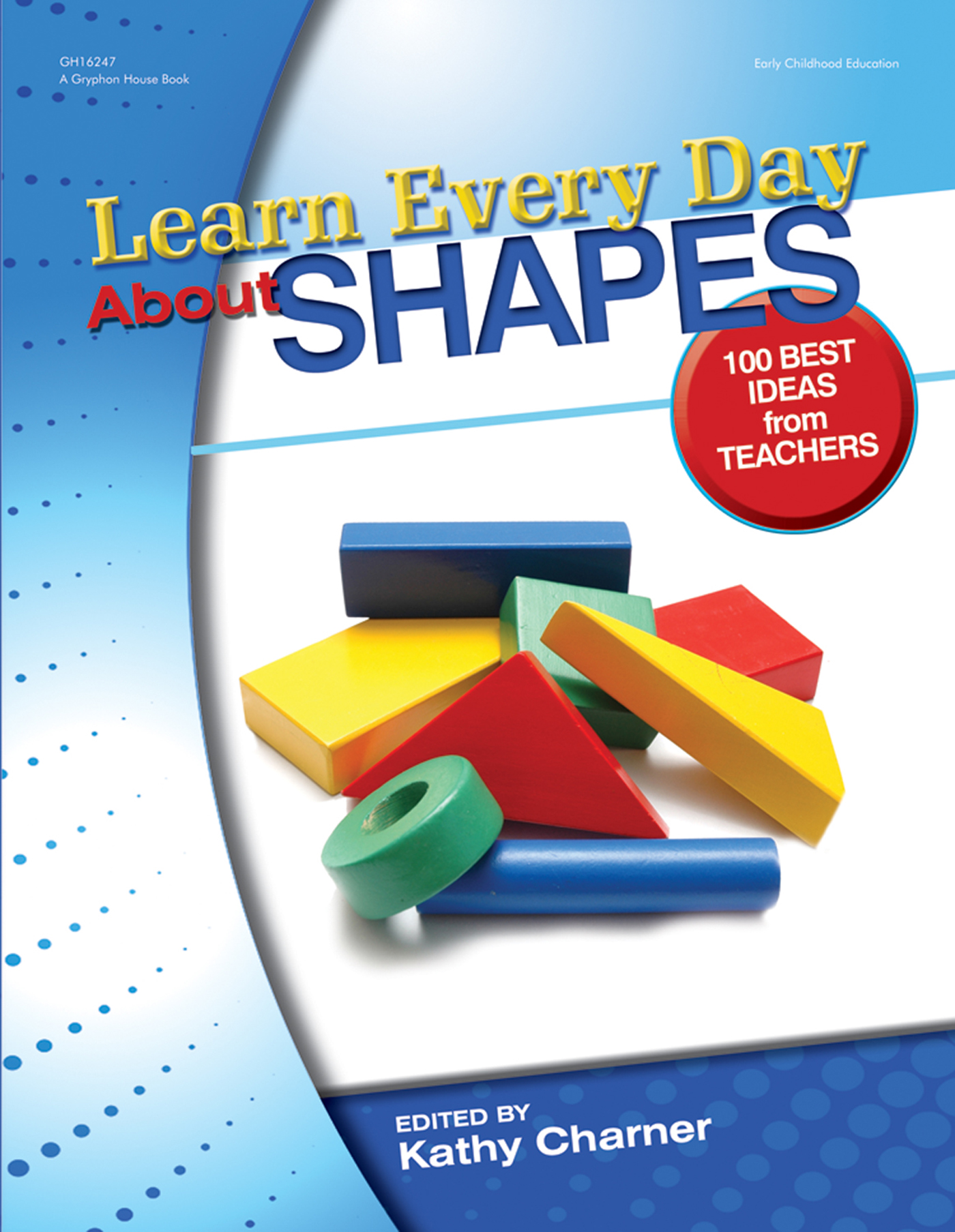Materials
shapes (circles, triangles, and squares) cut from construction paper
squares and cubes (wood blocks or plastic manipulative cubes) circles and spheres (balls) triangles and pyramids ovals and eggshaped objectsInstructions
1. Show the children a construction paper square and engage them in a
conversation about the shape. Challenge the children to identify the shape's
name. Explain to the children that construction paper squares are flat. Pass
around the flat object.
2. Now, introduce a cube. Look at the six sides, count them aloud with the
children and ask if they know the shape. Pass the cube around and have the
children feel the sides of the object. Ask, "Is the cube flat too?" Teach the
children that it is three-dimensional.
3. Do the same type of comparison with circles and spheres (use a picture of an
orange and a real orange), and continue with the other flat and threedimensional
shapes.
4. Reinforce the concept by putting all the flat shapes together in a pile and
having the children match the shape to the three-dimensional object.
Assessment
To assess the children's learning, consider the following:
l When the children examine flat and three-dimensional objects, do they know
the difference, and can they describe how the two objects are different?
